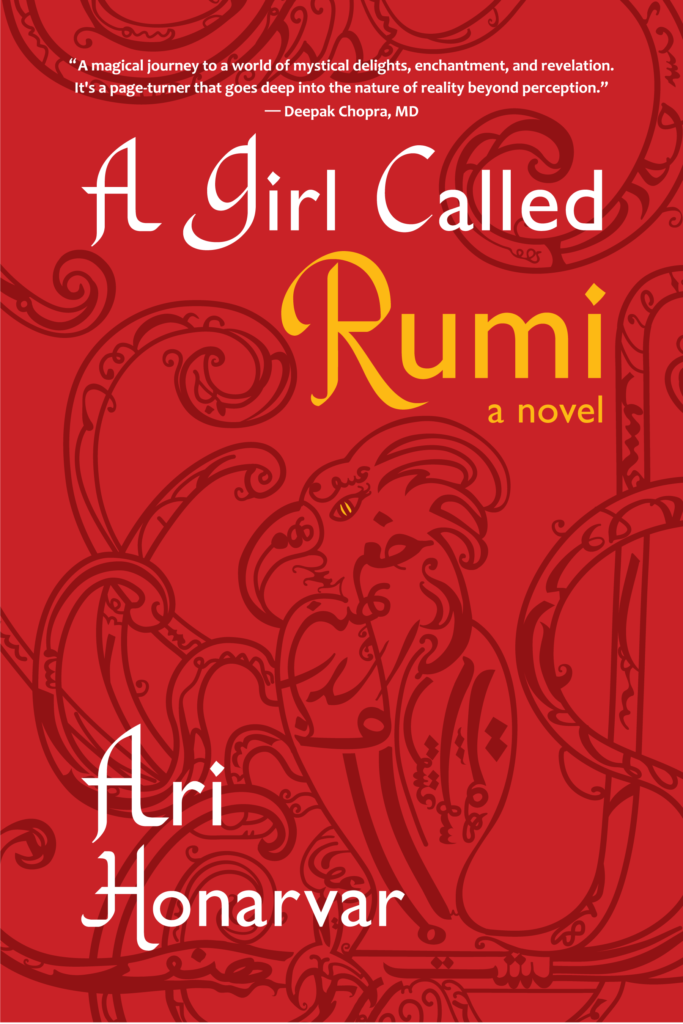A GIRL CALLED RUMI

by Ari Honarvar
Forest Avenue Press
(www.forestavenuepress.com)
2021, 367 pages, $13.99
ISBN 978-1-942436-46-1
Click Here to Purchase
Ari Honarvor’s photo on Page 358 of A GIRL CALLED RUMI, dressed as a boy in Iran in 1982, stands in stark contrast to the mature, experienced woman as she appears on the back cover.
In 1982, Ari was trying to pass herself off as a boy. Why? Because in an Islamic state, women have no rights. They must cover themselves at all times. They must endure the heels of a patriarchal regime that simply doesn’t recognize womanhood.
Birds and their magical, mystical properties are an escape for young Ari. In the novel, Kimia — is Kimia partially both a younger and older version of Ari? — endures the traumas and the revolutions underway in Shiraz in 1981 and the uprisings in 2009. By 2019, Ari/Kimia has emigrated with her brother, Arman, to San Diego, where Arman, far and safely away from the maddening revolutions, opens up his own restaurant. Kimia opens up her own wellness spa. All is good for them, with the terrors of the 1981 revolution buried safely in their past, until their mother, Roya, decides that she, late in life in 2009 — before she dies — admits that she really wants to return to her childhood home of Shiraz.
Mythical birds give the girl, who now calls herself Rumi (she sees more poetry in that name, I suppose), solace and spirit. One bird is the Simorgh, the greatest of all birds, the bird of legend with a fox’s head that is destined to rule all birds — and the powers that it brings.
A GIRL CALLED RUMI is about terror, violence and looking beyond it all, reworking it all with the help of myths and hope. The journey ends only when the Simorgh intervenes in reality and provides real truth, in order to battle for Arman’s freedom after kidnappers take him hostage and torture him, and finally sets him free.

